
Puerto Plata: The Jewel of the Amber Coast
Discover Puerto Plata, the Jewel of the Amber Coast, with its stunning beaches, rich history, and vibrant culture, perfect for adventure, relaxation, and cultural experiences.
Puerto Plata, located on the northern coast of the Dominican Republic, is a picturesque paradise that captivates visitors with its stunning beaches, rich history, and vibrant culture. Known as the 'Jewel of the Amber Coast', this city offers a perfect blend of natural beauty and historical significance. Begin your journey by exploring the pristine Playa Dorada and Cofresi Beach, where golden sands meet the clear, turquoise waters of the Atlantic Ocean. These beaches are ideal for sunbathing, swimming, and water sports such as snorkeling and windsurfing. For a more secluded experience, visit the serene Playa Grande, a hidden gem surrounded by lush greenery. History buffs will be enchanted by the San Felipe Fortress, a 16th-century fortress that overlooks the city and offers panoramic views of the coastline. The Amber Museum, located in a beautiful Victorian mansion, showcases the region's famous amber and its fascinating history. Don’t miss a ride on the Teleférico, the Caribbean's only cable car, which takes you to the summit of Mount Isabel de Torres, offering breathtaking views and a chance to explore the botanical gardens and Christ the Redeemer statue. Puerto Plata's vibrant culture is evident in its lively festivals, music, and dance. The Malecón, a scenic oceanfront boulevard, is the perfect place to experience the local nightlife, with its array of bars, restaurants, and clubs. Sample traditional Dominican cuisine, such as mofongo and sancocho, and enjoy the rhythms of merengue and bachata music. Whether you're seeking adventure, relaxation, or a cultural experience, Puerto Plata has something for everyone. Its welcoming atmosphere and diverse attractions make it a must-visit destination in the Dominican Republic.
Local tips in Puerto Plata
- Visit in the winter months for the best weather and fewer crowds.
- Take local currency (Dominican Peso) for small purchases and tips.
- Use reputable tour operators for excursions and activities.
- Try the local street food; it's safe and delicious.
- Learn a few basic Spanish phrases to enhance your experience.
Puerto Plata: The Jewel of the Amber Coast
Puerto Plata, located on the northern coast of the Dominican Republic, is a picturesque paradise that captivates visitors with its stunning beaches, rich history, and vibrant culture. Known as the 'Jewel of the Amber Coast', this city offers a perfect blend of natural beauty and historical significance. Begin your journey by exploring the pristine Playa Dorada and Cofresi Beach, where golden sands meet the clear, turquoise waters of the Atlantic Ocean. These beaches are ideal for sunbathing, swimming, and water sports such as snorkeling and windsurfing. For a more secluded experience, visit the serene Playa Grande, a hidden gem surrounded by lush greenery. History buffs will be enchanted by the San Felipe Fortress, a 16th-century fortress that overlooks the city and offers panoramic views of the coastline. The Amber Museum, located in a beautiful Victorian mansion, showcases the region's famous amber and its fascinating history. Don’t miss a ride on the Teleférico, the Caribbean's only cable car, which takes you to the summit of Mount Isabel de Torres, offering breathtaking views and a chance to explore the botanical gardens and Christ the Redeemer statue. Puerto Plata's vibrant culture is evident in its lively festivals, music, and dance. The Malecón, a scenic oceanfront boulevard, is the perfect place to experience the local nightlife, with its array of bars, restaurants, and clubs. Sample traditional Dominican cuisine, such as mofongo and sancocho, and enjoy the rhythms of merengue and bachata music. Whether you're seeking adventure, relaxation, or a cultural experience, Puerto Plata has something for everyone. Its welcoming atmosphere and diverse attractions make it a must-visit destination in the Dominican Republic.
When is the best time to go to Puerto Plata?
Iconic landmarks you can’t miss
Amber Cove Cruise Port
Discover Amber Cove, your tropical gateway to adventure, culture, and relaxation in the Dominican Republic.
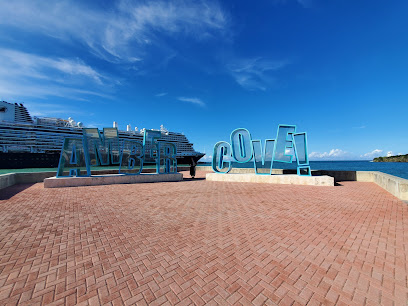
Ocean World Adventure Park, Puerto Plata, Dominican Republic.
Experience a marine wonderland at Ocean World Adventure Park, where water excitement and marine encounters await in Puerto Plata.
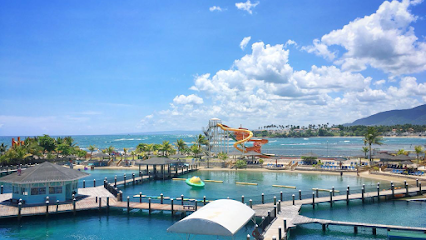
Puerto Plata Cable Car
Experience breathtaking views and thrilling heights at the Puerto Plata Cable Car, a must-visit attraction in the Dominican Republic.

Isabel de Torres National Park
Discover the lush landscapes and breathtaking views of Isabel de Torres National Park in Puerto Plata, a tropical paradise for nature lovers and adventure seekers.
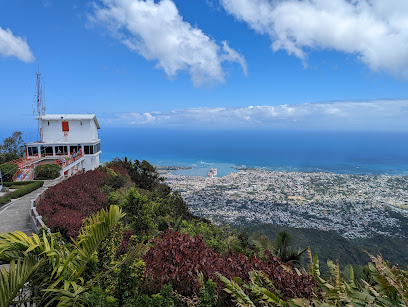
La Puntilla Park
Experience the beauty and culture of Puerto Plata at La Puntilla Park, a serene escape by the ocean with lush landscapes and lively local events.
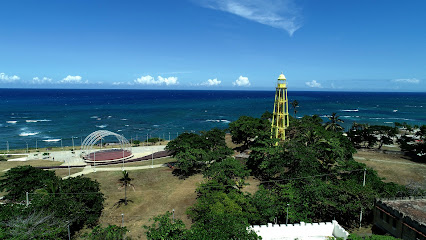
Independence Park
Discover the lush landscapes and rich history of Independence Park in Puerto Plata, a serene escape in the heart of the city.
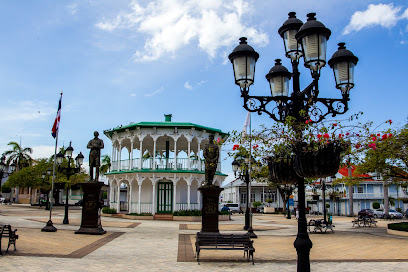
Umbrella Street
Experience the vibrant charm of Umbrella Street in Puerto Plata, a colorful tourist attraction perfect for photography and local culture.

Fortaleza de San Felipe
Discover the historical magnificence of Fortaleza de San Felipe, a stunning fortress in Puerto Plata that offers breathtaking views and rich cultural insights.
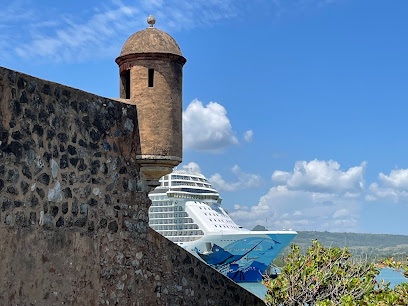
Taíno Bay Cruise Port, Shore Excursions
Experience the thrill of adventure and the warmth of culture at Taíno Bay Cruise Port, your gateway to unforgettable Dominican escapades.
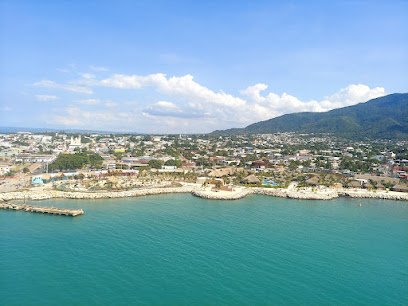
Macorix House of Rum
Explore the rich history of rum production at Macorix House of Rum in Puerto Plata, where tradition meets craftsmanship in every sip.
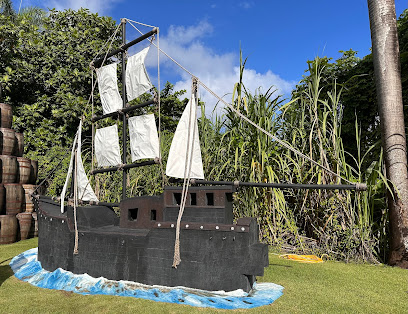
Pico Isabel de Torres
Discover breathtaking views and lush landscapes at Pico Isabel de Torres, Puerto Plata's iconic natural monument and tourist attraction.
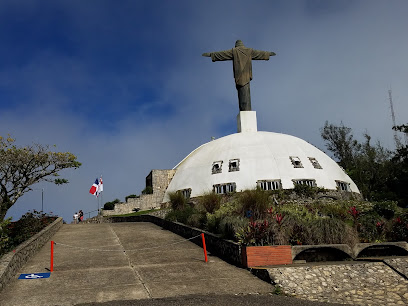
Anfiteatro de Puerto Plata
Discover the cultural heart of Puerto Plata at the Anfiteatro de Puerto Plata, a stunning venue for unforgettable performances and local traditions.
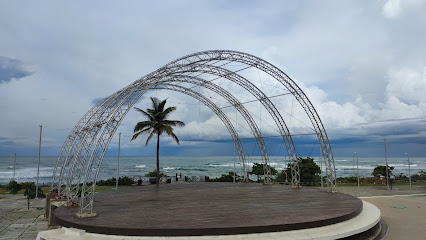
Malecón de Puerto Plata
Discover the beauty and culture of Malecón de Puerto Plata, a scenic waterfront promenade perfect for relaxation, dining, and exploring local life.
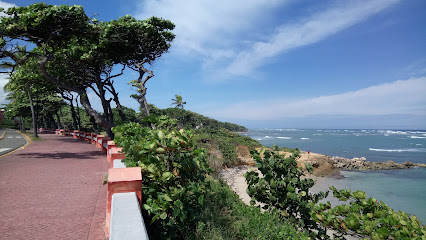
Paseo de Doña Blanca
Discover the rich history and vibrant culture of Puerto Plata at Paseo de Doña Blanca, a landmark filled with charm and local artistry.
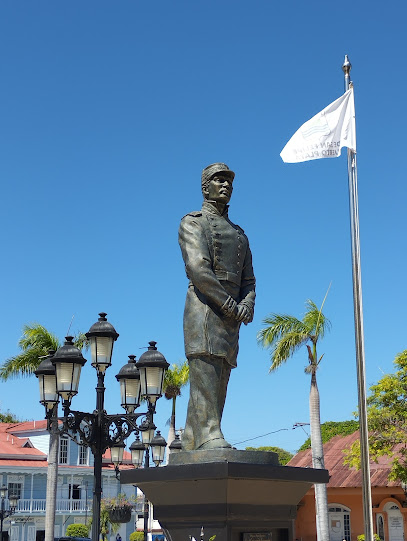
Playa Dorada
Experience the beauty and adventure of Playa Dorada, a stunning beach in the Dominican Republic, offering relaxation, water sports, and breathtaking sunsets.

Unmissable attractions to see
Lifestyle Tropical Beach Resort & Spa
Experience luxury and relaxation at Lifestyle Tropical Beach Resort & Spa in Puerto Plata, where sun-kissed beaches meet stunning amenities.

Puerto Plata Cable Car
Experience breathtaking views and thrilling rides at Puerto Plata Cable Car, a must-visit tourist attraction in the Dominican Republic.
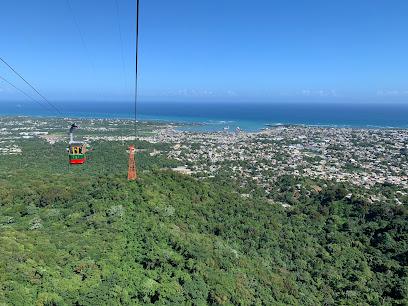
Independence Park
Experience tranquility and local culture in the heart of Puerto Plata at Independence Park, a lush urban oasis for relaxation and exploration.
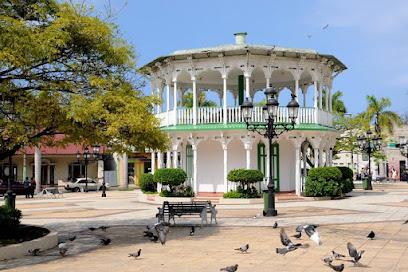
Sosua Beach
Discover the stunning Sosua Beach, a vibrant Caribbean destination with golden sands, crystal-clear waters, and unforgettable local culture.
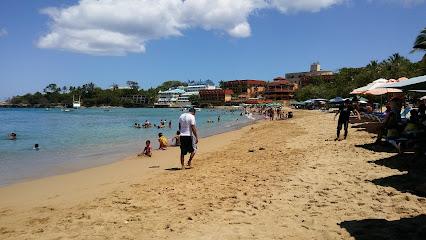
Umbrella Street
Experience the colorful charm of Umbrella Street in Puerto Plata, a vibrant hub of culture, shopping, and unforgettable photo opportunities.
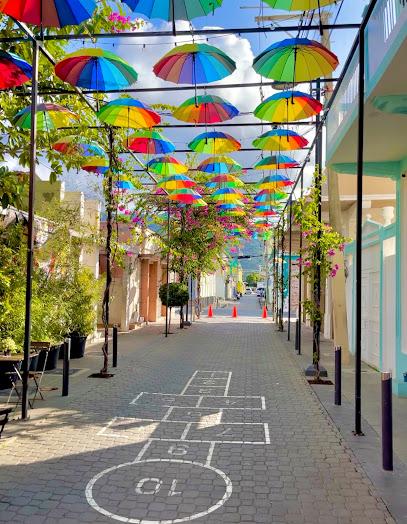
Fortaleza de San Felipe
Discover the historic Fortaleza de San Felipe, a stunning fortress in Puerto Plata offering rich history and breathtaking ocean views.
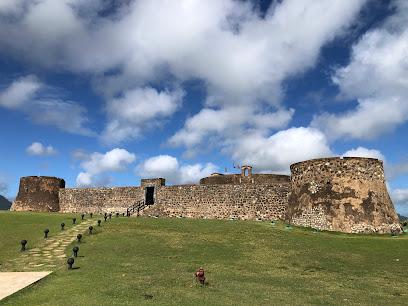
Taíno Bay Cruise Port
Discover the vibrant culture, stunning views, and unforgettable experiences at Taíno Bay Cruise Port in Puerto Plata, Dominican Republic.
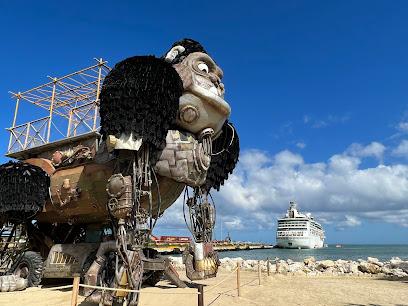
Macorix House of Rum
Explore Macorix House of Rum for an unforgettable journey into Dominican rum culture, complete with tastings, tours, and rich history.
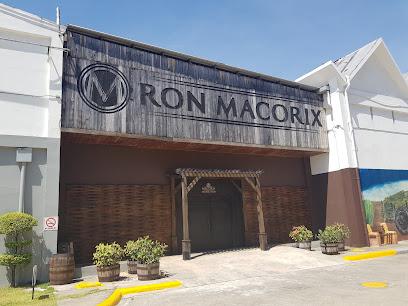
Damajagua Waterfalls
Discover adventure and natural beauty at the stunning Damajagua Waterfalls, a must-see tourist attraction in the Dominican Republic.

27 Waterfalls of Damajagua
Explore the 27 Waterfalls of Damajagua, a stunning natural park in the Dominican Republic, perfect for thrilling adventures and breathtaking scenery.
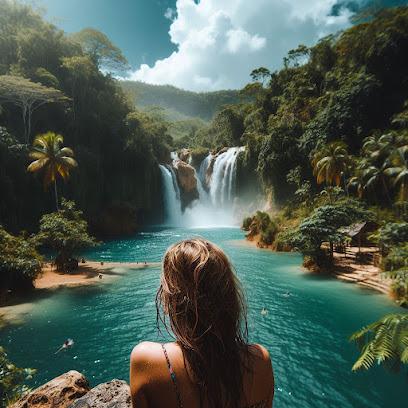
La Aurora
Experience the rich heritage of cigar making at La Aurora, the oldest cigar factory in the Dominican Republic, in Santiago de los Caballeros.
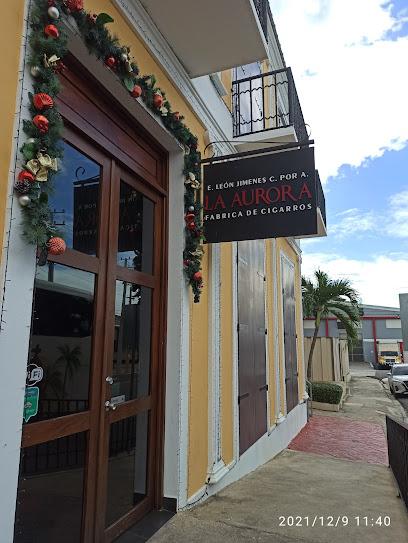
Playa Dorada
Discover the breathtaking beauty of Playa Dorada, a pristine beach in the Dominican Republic known for its golden sands and vibrant marine life.
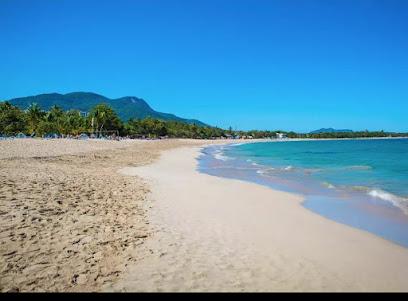
Museo del Ámbar Dominicano
Explore the captivating Museo del Ámbar Dominicano in Puerto Plata, showcasing stunning amber artifacts, rare fossils, and rich Dominican culture.
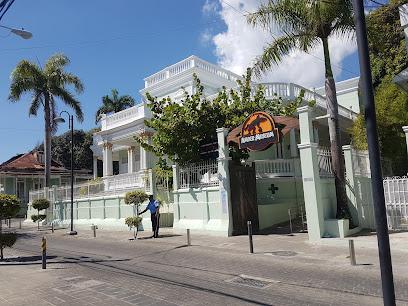
National Park El Choco y Las Cuevas de Cabarete
Explore El Choco National Park in Cabarete, a breathtaking natural paradise with stunning caves, diverse ecosystems, and endless outdoor adventures.
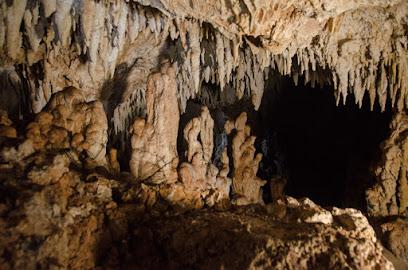
Cathedral of St. Philip the Apostle
Explore the stunning architecture and rich history of the Cathedral of St. Philip the Apostle in Puerto Plata, a must-see tourist attraction.
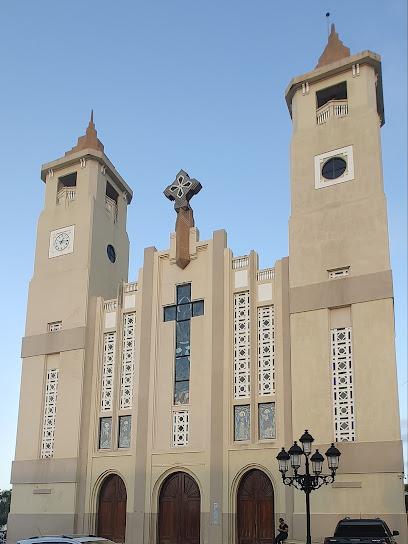
Essential places to dine
Tio Pan Restaurante
Experience the best of American cuisine and delightful bakery treats at Tio Pan Restaurante in Puerto Plata.
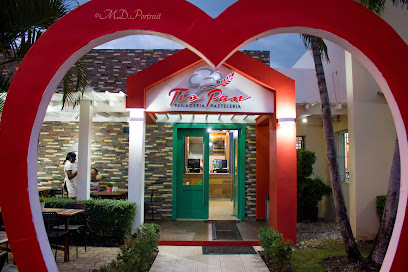
La Tarappa (Real Italian)
Experience authentic Italian flavors at La Tarappa in Puerto Plata – where every pizza tells a story.
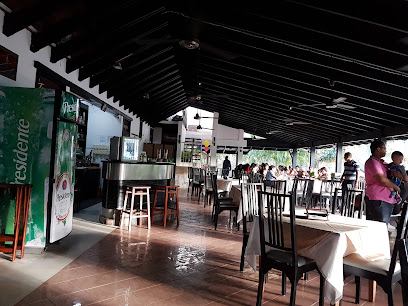
Las Palmas
Experience authentic Italian cuisine at Las Palmas in Puerto Plata - where every meal is a celebration of flavors.
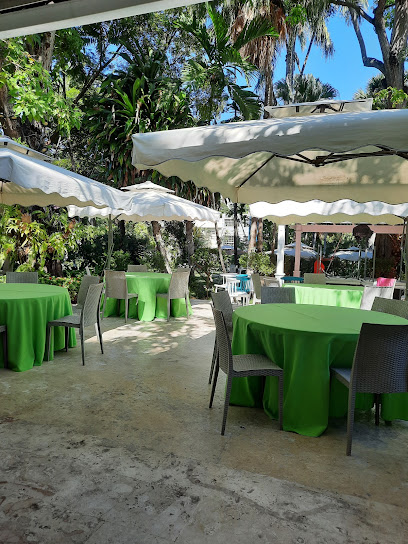
Como en familia
Experience authentic Creole cuisine at Como en familia in Puerto Plata – perfect for breakfast lovers seeking a taste of local flavor.
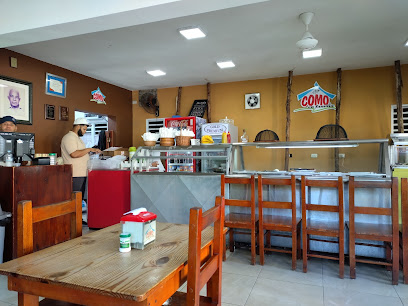
Jamvi's
Experience authentic Dominican flavors at Jamvi's in Puerto Plata – where culinary excellence meets warm hospitality.
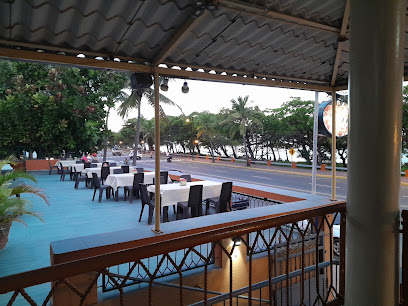
Le petit francois
Experience exquisite French cuisine at Le Petit François in Playa Dorada, where Caribbean charm meets culinary excellence.
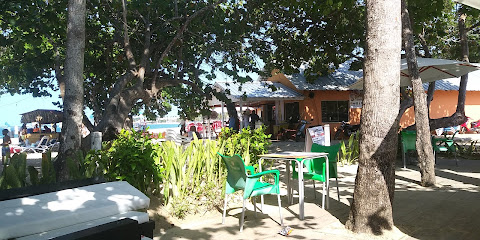
Kaffe Restaurant
Discover Kaffe Restaurant in Puerto Plata – where delightful cuisine meets vibrant coffee culture in an inviting atmosphere.
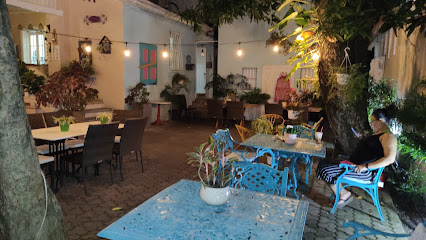
Casa 40
Experience exquisite tapas and local artistry at Casa 40 in Puerto Plata's vibrant Centro Histórico.
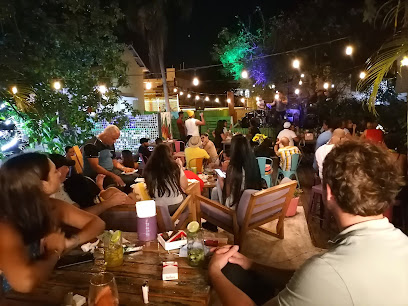
Restaurante El Manguito
Experience authentic Dominican cuisine at Restaurante El Manguito in Puerto Plata - where every meal is a celebration of flavor and culture.
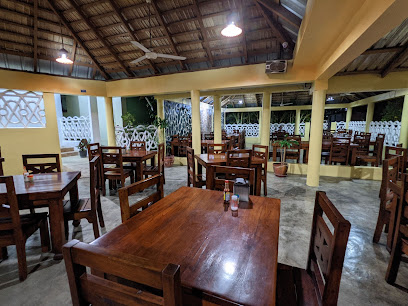
Big Lee's Beach Bar & Grill
Discover delightful grilled dishes and stunning ocean views at Big Lee's Beach Bar & Grill in Puerto Plata.
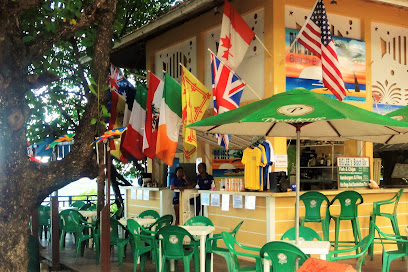
La Locanda POP
Experience the rich flavors of Dominican cuisine blended with international delights at La Locanda POP in Puerto Plata.
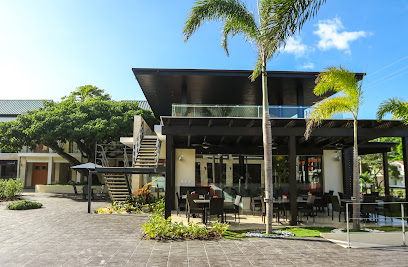
Skina Restaurante
Experience authentic Dominican flavors at Skina Restaurante in Puerto Plata – where every meal tells a story.
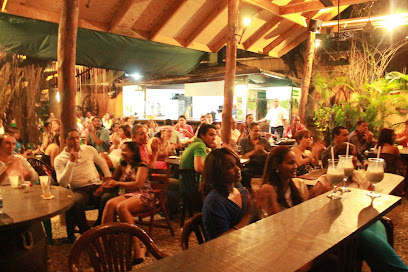
Green Jack Tar *
Experience the vibrant flavors of Caribbean cuisine at Green Jack Tar in Playa Dorada—your ultimate dining destination in Puerto Plata.
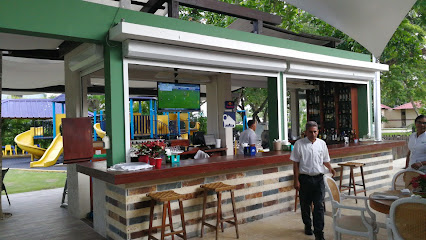
Los Tres Cocos
Discover authentic Dominican flavors at Los Tres Cocos in Cofresi - where every meal tells a story of local tradition and culinary excellence.
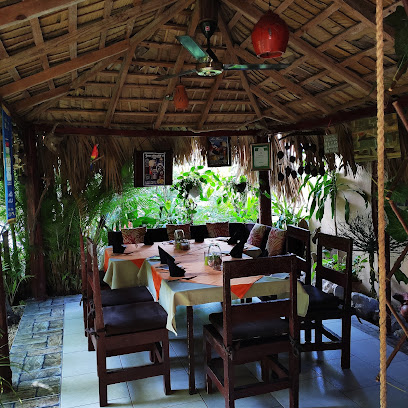
La Ponderosa del Mar
Experience the best of Puerto Plata's culinary scene at La Ponderosa del Mar - where fresh seafood meets vibrant local flavors.
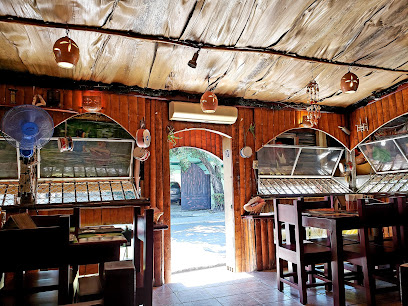
Markets, malls and hidden boutiques
Playa Dorada Shopping Centre
Explore the vibrant Playa Dorada Shopping Centre for an unforgettable shopping experience in Puerto Plata, offering local boutiques, international brands, and delightful dining options.
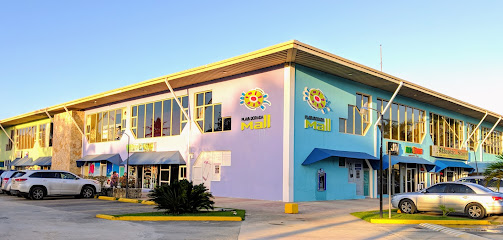
Galerías del Atlántico
Discover Galerías del Atlántico, Puerto Plata's vibrant shopping mall with diverse stores, delicious dining, and family-friendly entertainment options.

Puerto Plata
Explore Puerto Plata: A Coastal Gem of History, Culture, and Stunning Beaches in the Dominican Republic.
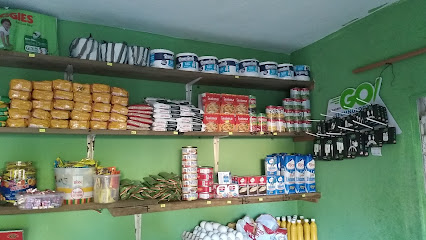
Fifi Jewelry and Cigar Store
Discover exquisite handcrafted jewelry and premium cigars at Fifi Jewelry and Cigar Store in Puerto Plata, your destination for quality and craftsmanship.
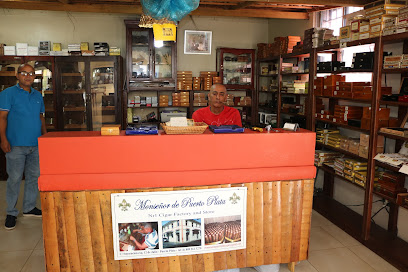
Espigon Cigar Shop
Explore Puerto Plata's finest cigar shop, offering a rich selection of premium cigars and insights into the art of cigar making.
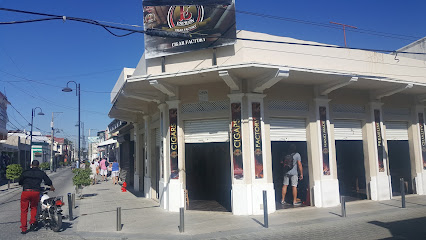
Canoa
Discover the vibrant shopping experience at Canoa, the premier shopping mall in Puerto Plata, where local culture meets modern retail.

Gift Shop Island Stuff
Discover unique souvenirs and local crafts at Island Stuff, your go-to shop for memorable gifts in Puerto Plata, Dominican Republic.
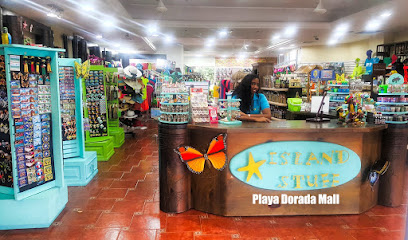
Carmen's Gift Shop
Explore Carmen's Gift Shop in Puerto Plata for unique local crafts and memorable souvenirs that capture the essence of the Dominican Republic.
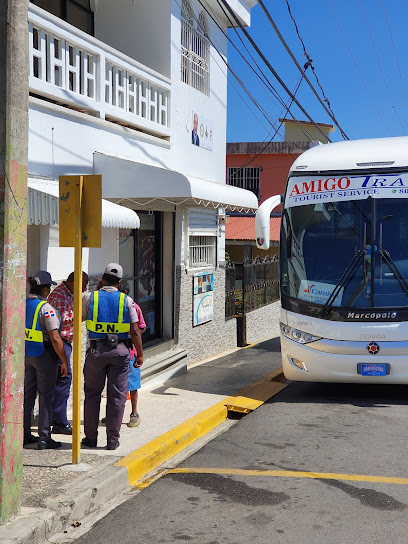
Mell Gifts Store
Explore Mell Gifts Store in Puerto Plata for unique gifts, stunning floral arrangements, and vibrant balloons that embody local craftsmanship.
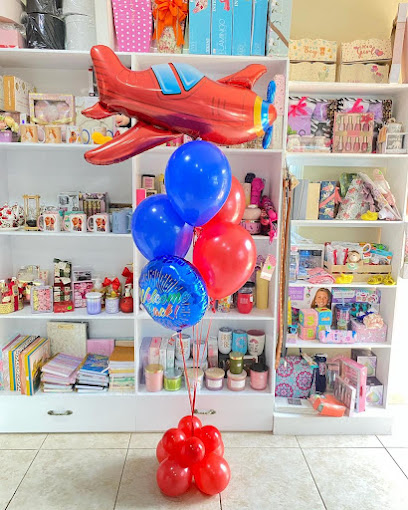
Rainbow gift shop
Explore the vibrant Rainbow Gift Shop in Puerto Plata for unique jewelry and unforgettable souvenirs that capture the essence of the Dominican Republic.
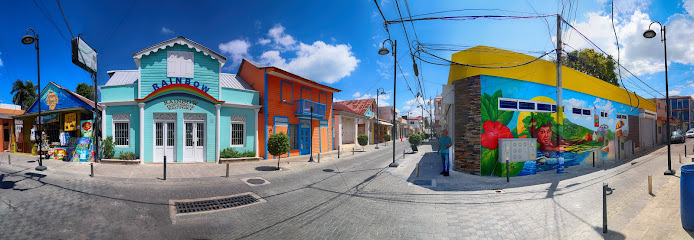
Qlindo Store (Sucursal Puerto Plata)
Explore Qlindo Store in Puerto Plata for unique clothing and accessories that reflect the vibrant culture of the Dominican Republic.
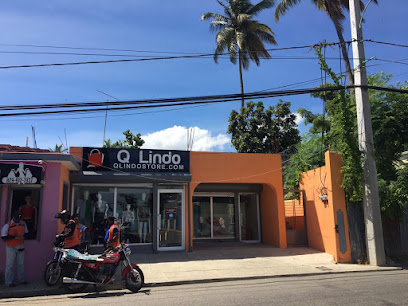
De pa fuera best shop
Discover the vibrant local culture at De pa fuera best shop, where unique crafts and souvenirs await in the heart of Puerto Plata.
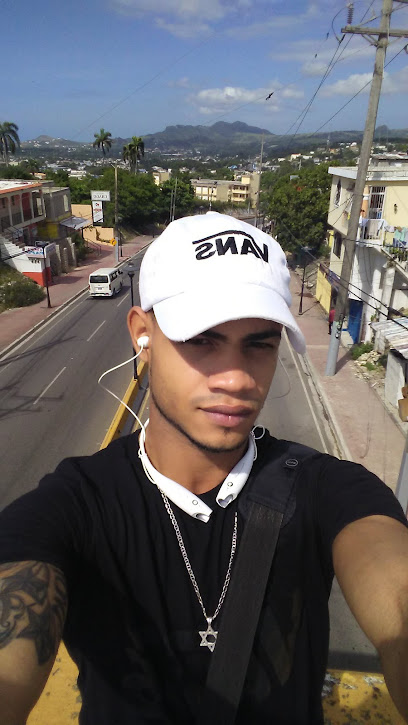
Lendar Duty Free Shops
Explore Lendar Duty Free Shops in Puerto Plata for unbeatable prices on luxury goods, local crafts, and unforgettable shopping experiences.
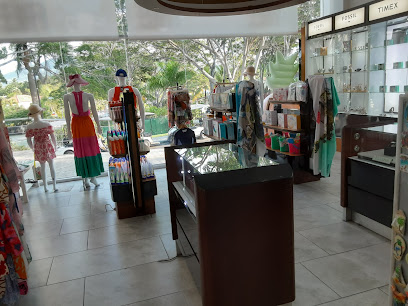
Island Treasures
Explore Island Treasures in Puerto Plata for authentic Dominican souvenirs and unique handcrafted gifts that capture the island's vibrant spirit.

Suplidores de Gift Shop
Explore Suplidores de Gift Shop in Puerto Plata for authentic Dominican crafts and unique souvenirs that capture the island's vibrant culture.
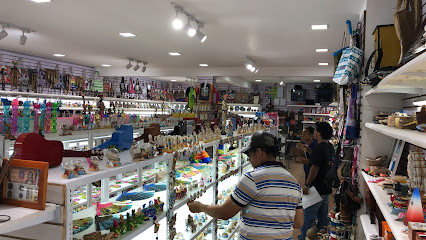
Essential bars & hidden hideouts
Kviar Show Disco & Casino Puerto Plata
Experience the ultimate nightlife at Kviar Show Disco & Casino in Puerto Plata, where music, dancing, and gaming create unforgettable moments.
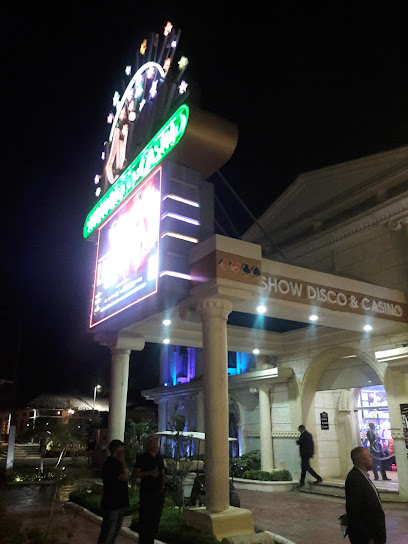
Snack Bar Miami
Discover the vibrant nightlife at Snack Bar Miami in Puerto Plata, where lively ambiance and refreshing drinks create unforgettable experiences.

Big Lee's Beach Bar & Grill
Experience the best of beach dining at Big Lee's Beach Bar & Grill in Puerto Plata, offering delicious grilled food and a welcoming atmosphere.
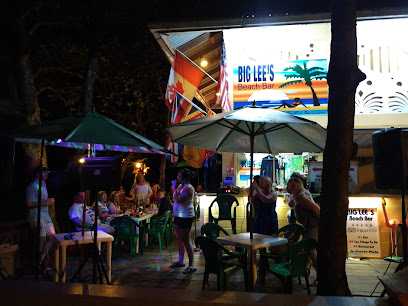
Chalo Corner
Experience the vibrant nightlife at Chalo Corner, Puerto Plata's premier bar offering delicious cocktails and a lively atmosphere.
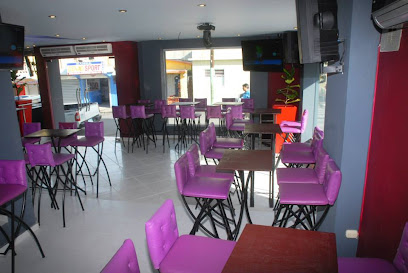
Meclao’ Rooftop Lounge
Discover the vibrant atmosphere and stunning views at Meclao’ Rooftop Lounge in Puerto Plata, where unforgettable nights await.
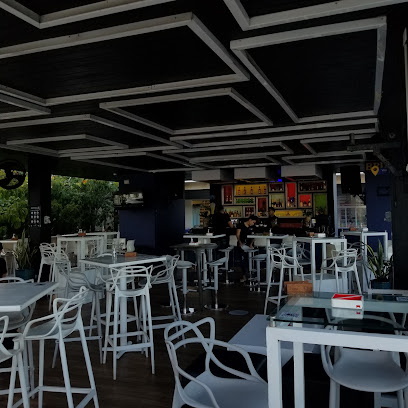
Tropical Bar
Discover the lively Tropical Bar in Puerto Plata, where Belgian flavors meet Caribbean vibes in a stunning beachfront setting.
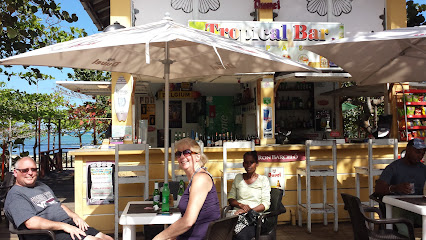
Señor Rock Bar & Grill
Señor Rock Bar & Grill in Playa Dorada offers a vibrant atmosphere, delicious grilled dishes, and refreshing drinks for a perfect Caribbean dining experience.
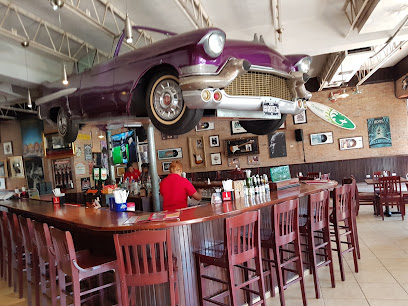
Lust Afterwork
Experience the vibrant nightlife at Lust Afterwork in Puerto Plata, where lively music and refreshing drinks create unforgettable evenings.

Super Colmadon El Charly
Discover the vibrant nightlife of Puerto Plata at Super Colmadon El Charly, where refreshing drinks and local culture converge for a memorable experience.
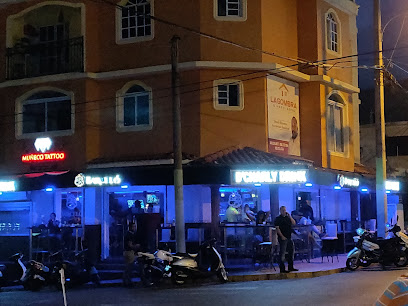
Rouge Hyperpub
Discover the vibrant culinary experience at Rouge Hyperpub, where delicious grilled dishes meet an energetic atmosphere in Puerto Plata.
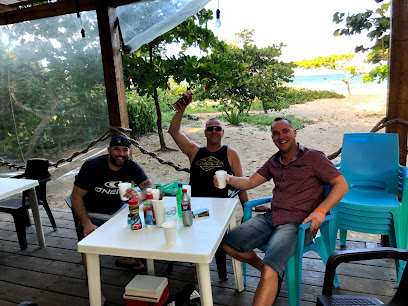
Playa Puerto Plata
Experience the lively bar scene and stunning beaches of Playa Puerto Plata, a perfect blend of relaxation and vibrant nightlife in the Dominican Republic.
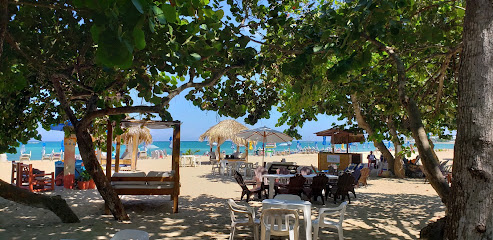
Dorvi Bar & Lounge
Discover the vibrant nightlife of Puerto Plata at Dorvi Bar & Lounge, where affordable drinks and a lively atmosphere await.
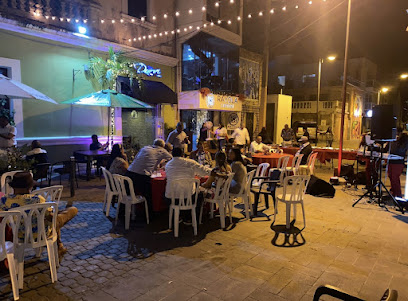
Downtown Bar & Lounge
Discover the pulse of Puerto Plata's nightlife at Downtown Bar & Lounge, where vibrant energy meets exceptional cocktails in a chic setting.
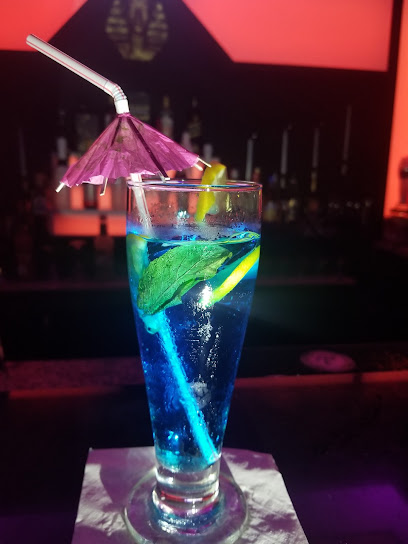
Kite Club Puerto Plata
Discover Kite Club Puerto Plata: your go-to bar for ocean views, refreshing drinks, and a relaxed atmosphere in beautiful Puerto Plata.
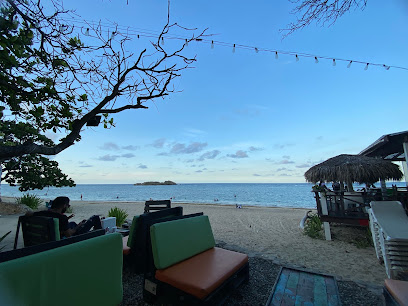
Escape Al Mar Restaurant Bar
Experience the vibrant Caribbean flavors and stunning views at Escape Al Mar Restaurant Bar in Puerto Plata, the perfect spot for relaxation and indulgence.
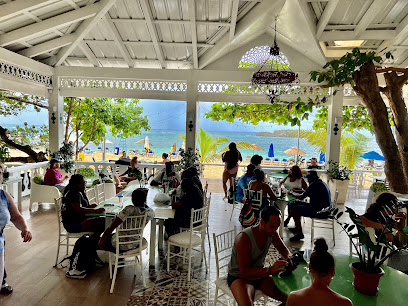
Local Phrases
-
- HelloHola
[oh-lah] - GoodbyeAdiós
[ah-dee-ohs] - YesSí
[see] - NoNo
[noh] - Please/You're welcomePor favor/De nada
[por fah-vohr/deh nah-dah] - Thank youGracias
[grah-see-ahs] - Excuse me/SorryDisculpe/Lo siento
[dee-scoo-lpeh/lo see-ehn-toh] - How are you?¿Cómo estás?
[coh-moh ehs-tahs] - Fine. And you?Bien. ¿Y tú?
[byen. ee too] - Do you speak English?¿Hablas inglés?
[ah-blahs een-glehs] - I don't understandNo entiendo
[noh ehn-tee-ehn-doh]
- HelloHola
-
- I'd like to see the menu, pleaseMe gustaría ver el menú, por favor
[meh goo-stah-ree-ah behr ehl meh-noo, por fah-vohr] - I don't eat meatNo como carne
[noh koh-moh kahr-neh] - Cheers!¡Salud!
[sah-lood] - I would like to pay, pleaseMe gustaría pagar, por favor
[meh goo-stah-ree-ah pah-gahr, por fah-vohr]
- I'd like to see the menu, pleaseMe gustaría ver el menú, por favor
-
- Help!¡Ayuda!
[ah-yoo-dah] - Go away!¡Vete!
[veh-teh] - Call the Police!¡Llama a la Policía!
[yah-mah ah lah poh-lee-see-ah] - Call a doctor!¡Llama a un doctor!
[yah-mah ah oon dohk-tohr] - I'm lostEstoy perdido/a
[ehs-toy pehr-dee-doh/dah] - I'm illEstoy enfermo/a
[ehs-toy ehn-fehr-moh/dah]
- Help!¡Ayuda!
-
- I'd like to buy...Me gustaría comprar...
[meh goo-stah-ree-ah kohm-prahr...] - I'm just lookingSolo estoy mirando
[soh-loh ehs-toy mee-rahn-doh] - How much is it?¿Cuánto cuesta?
[kwan-toh kwehs-tah] - That's too expensiveEso es demasiado caro
[eh-soh ehs deh-mah-see-ah-doh kah-roh] - Can you lower the price?¿Puedes bajar el precio?
[pweh-dehs bah-hahr ehl pree-syoh]
- I'd like to buy...Me gustaría comprar...
-
- What time is it?¿Qué hora es?
[keh oh-rah ehs] - It's one o'clockEs la una
[ehs lah oo-nah] - Half past (10)Media (10)
[meh-dee-ah (dies)] - MorningMañana
[mah-nyah-nah] - AfternoonTarde
[tahr-deh] - EveningNoche
[noh-cheh] - YesterdayAyer
[ah-yehr] - TodayHoy
[oy] - TomorrowMañana
[mah-nyah-nah] - 1Uno
[oo-noh] - 2Dos
[dohs] - 3Tres
[trehs] - 4Cuatro
[kwah-troh] - 5Cinco
[seen-koh] - 6Seis
[says] - 7Siete
[syeh-teh] - 8Ocho
[oh-choh] - 9Nueve
[nweh-veh] - 10Diez
[dyehs]
- What time is it?¿Qué hora es?
-
- Where's a/the...?¿Dónde está...?
[dohn-deh ehs-tah] - What's the address?¿Cuál es la dirección?
[kwal ehs lah dee-rehk-syohn] - Can you show me (on the map)?¿Puedes mostrarme (en el mapa)?
[pweh-dehs mohs-trahr-meh (ehn ehl mah-pah)] - When's the next (bus)?¿Cuándo es el próximo (autobús)?
[kwan-doh ehs ehl prohk-see-moh (ow-toh-boos)] - A ticket (to ....)Un boleto (a ...)
[oon boh-leh-toh (ah ...)]
- Where's a/the...?¿Dónde está...?
History of Puerto Plata
-
Puerto Plata, officially known as San Felipe de Puerto Plata, was founded in 1502 by Nicolás de Ovando, the Spanish governor of Hispaniola. The city's strategic location along the northern coast made it a significant port for the Spanish colonial empire.
-
In 1564, the Spanish constructed the Fort of San Felipe to protect the city and its harbor from pirate attacks. This fortress, which still stands today, is a testament to the colonial military architecture and played a crucial role in the defense of the region.
-
During the 16th and 17th centuries, Puerto Plata was frequently targeted by pirates due to its wealth and strategic location. Infamous pirates such as Francis Drake and Henry Morgan attacked the city, plundering its riches and leaving a lasting impact on its history.
-
By the late 18th century, Puerto Plata faced economic decline due to decreased trade and pirate threats. However, the city experienced a revival in the 19th century with the introduction of tobacco and sugar cane industries, leading to renewed prosperity.
-
Puerto Plata played a significant role in the Dominican War of Independence from Haiti (1844-1856). The city served as a key staging ground for revolutionary activities and contributed to the successful struggle for Dominican sovereignty.
-
In the late 19th and early 20th centuries, Puerto Plata saw an influx of European immigrants, particularly from Germany and Italy. These immigrants brought new cultural influences, contributing to the city's architectural diversity and economic development.
-
In the latter half of the 20th century, Puerto Plata began to emerge as a prominent tourist destination. The development of resorts, such as Playa Dorada, and the restoration of historical sites attracted visitors from around the world, cementing its status as a key destination in the Caribbean.
-
The Amber Museum in Puerto Plata, established in the early 1980s, showcases the region's rich deposits of amber. This museum highlights the importance of amber in Dominican culture and history, exhibiting stunning pieces that date back millions of years.
-
Opened in 1975, the Teleférico cable car is a unique attraction in Puerto Plata. It transports visitors to the summit of Mount Isabel de Torres, offering panoramic views of the city and surrounding landscape. The botanical gardens and the Christ the Redeemer statue at the summit are key highlights.
Puerto Plata Essentials
-
Puerto Plata is accessible via Gregorio Luperón International Airport (POP), which is approximately 15 km from the city center. Direct flights are available from major cities in the United States, Canada, and Europe. Alternatively, visitors can arrive via Cibao International Airport (STI) in Santiago, about 90 km away, and then take a bus, taxi, or rental car to Puerto Plata.
-
Within Puerto Plata, transportation options include taxis, public buses (guaguas), and moto-taxis. Taxis are available at most hotels and popular tourist spots, and fares should be agreed upon beforehand. Public buses are an economical option but can be crowded. Moto-taxis are quick for short distances but may not be the safest option. Car rentals are available for those who prefer to explore at their own pace.
-
The official currency in the Dominican Republic is the Dominican Peso (DOP). Credit cards are widely accepted in hotels, restaurants, and larger stores, but it is advisable to carry cash for smaller establishments and street vendors. ATMs are readily available in Puerto Plata, but ensure to notify your bank of your travel plans to avoid any issues with card usage.
-
Puerto Plata is generally safe for tourists, but like any travel destination, it is important to take standard precautions. Avoid displaying valuables and be cautious in crowded areas. High-crime areas include some parts of the city's outskirts and less touristy neighborhoods. Stick to well-lit and populated areas, especially at night.
-
In case of emergency, dial 911 for immediate assistance. The city has several hospitals and clinics, including Hospital General Ricardo Limardo. It is advisable to have travel insurance that covers medical emergencies. Pharmacies are available for minor health issues. For consular assistance, contact your embassy or consulate in the Dominican Republic.
-
Fashion: Do dress comfortably and casually, but avoid overly revealing clothing, especially when visiting religious sites. Religion: Do respect local customs and traditions. Remove hats and cover shoulders when entering churches. Public Transport: Do use public transport respectfully and be aware of your belongings. Don't engage in loud conversations or eat/drink on public buses. Greetings: Do greet people with a friendly 'Hola' or 'Buenos días.' A handshake is also common. Eating & Drinking: Do try local dishes like mofongo and sancocho. Don’t refuse food offerings, as it is considered impolite.
-
To experience Puerto Plata like a local, visit local markets such as the Mercado Modelo, where you can buy fresh produce and handcrafted goods. Engage with locals, who are generally friendly and happy to share stories. Don’t miss the Malecón, a scenic oceanfront boulevard, and explore the historic district with its Victorian-style architecture. For a unique experience, take the cable car to the top of Mount Isabel de Torres for panoramic views of the city.
Trending Landmark in Puerto Plata
-
Amber Cove Cruise Port
-
Ocean World Adventure Park, Puerto Plata, Dominican Republic.
-
Puerto Plata Cable Car
-
Isabel de Torres National Park
-
La Puntilla Park
-
Independence Park
-
Umbrella Street
-
Fortaleza de San Felipe
-
Taíno Bay Cruise Port, Shore Excursions
-
Macorix House of Rum
-
Pico Isabel de Torres
-
Anfiteatro de Puerto Plata
-
Malecón de Puerto Plata
-
Paseo de Doña Blanca
-
Playa Dorada
Nearby Cities to Puerto Plata
-
Things To Do in Jarabacoa
-
Things To Do in Samana
-
Things To Do in Hinche
-
Things To Do in Cap-Haïtien
-
Things To Do in Santo Domingo
-
Things To Do in Salt Cay
-
Things To Do in Cockburn Town
-
Things To Do in Grand Turk
-
Things To Do in South Caicos
-
Things To Do in Gonaïves
-
Things To Do in Port-au-Prince
-
Things To Do in Petionville
-
Things To Do in Saint-Marc
-
Things To Do in La Romana
-
Things To Do in Middle Caicos












